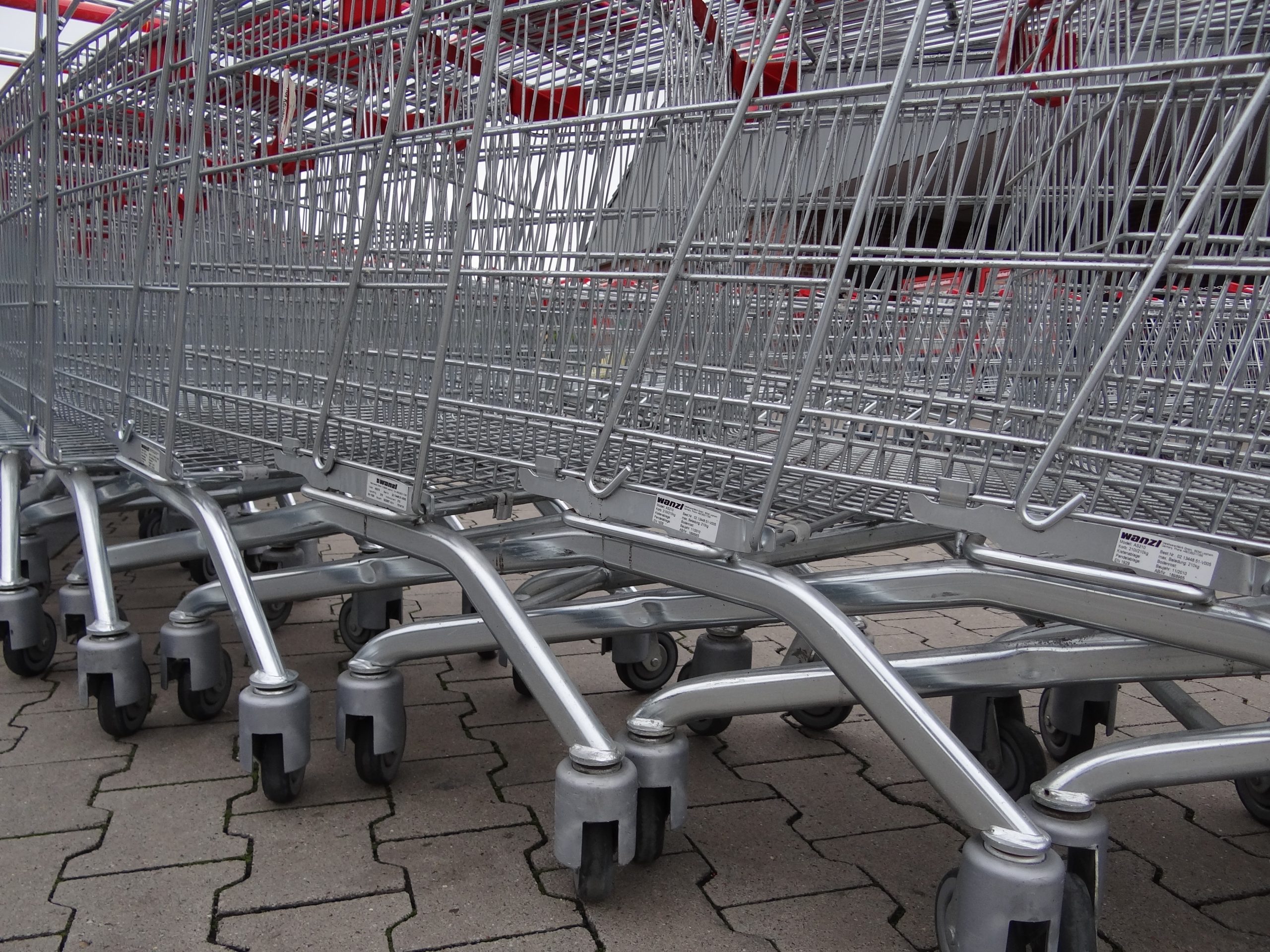 Everyone can picture a grocery store on a busy day. The aisles are congested, and workers are hurrying to replace products on the sales floor. There may be stocking carts blocking walkways. Who is responsible if a shopper trips over a worker’s cart and injures herself? What about if the worker and the shopper knew the cart was there?
Everyone can picture a grocery store on a busy day. The aisles are congested, and workers are hurrying to replace products on the sales floor. There may be stocking carts blocking walkways. Who is responsible if a shopper trips over a worker’s cart and injures herself? What about if the worker and the shopper knew the cart was there?
This scenario is exactly what happened to Donna Massery, a shopper when she tripped over a vegetable cart at a Rouses Market in New Orleans. She had arrived at Rouses and was searching for ginger when she approached Produce Manager, Jose Villa, to ask for directions. Villa was restocking produce that was on a cart. The cart was approximately 5 to 6 feet wide and 3 feet tall, with a long bed spanning the length. The middle section of Villa’s cart was empty, though boxes were stacked on both the left and right sides.
Ms. Massery reached for the ginger upon Mr. Villa’s direction, turned to walk away, and fell over the cart. She sustained soft tissue damage from catching herself with her hands and hitting her shin and knee on the cart. There was a factual dispute over the length and substance of Ms. Massery and Mr. Villa’s conversation. Mr. Villa contends that he alerted her to the hazard and directed her to move away. Ms. Massery claims it was a shorter conversation limited to the subject of her ginger inquiry.
Ms. Massery filed suit against Rouses, seeking damages for her injuries. The trial court granted Ms. Massery $20,000 subject to a 50% fault allocation to her. Rouses appealed the fault allocation, alleging that the cart did not present an unreasonable risk of harm, the 50% fault was incorrectly granted, and that court misinterpreted Louisiana Revised Statute 9:2800.6, which covers the burden of proof in claims against merchants. The appellate court can only overturn the trial court’s decision upon a finding of manifest error. Ambrose v. McLaney, 959 So. 2d 529 (La. Ct. App. 2007).
La. R.S. 9:2800.6 states that a merchant owes reasonable care to keep the store in a reasonably safe condition. If a negligence claim is brought against a merchant by a shopper injured at the store, the shopper is responsible for proving that: 1. The condition created an unreasonable risk of harm that was reasonably foreseeable, 2. The merchant either created or had actual or constructive notice of the harm before the injury, 3. The merchant failed to exercise reasonable care.
Courts evaluate if a condition is unreasonably dangerous through a four-factor balancing test. The test balances the risk of harm against the ease at which the harm could be prevented. The factors are 1. The utility of the condition, 2. The likelihood and magnitude of the harm, including whether it was open and apparent, 3. The cost of preventing the harm, and 4. The nature of the shopper’s activity. Pryor v. Iberia Parish School Board, 60 So. 3d 594 (La. 2011). Just as a merchant must use reasonable care, so does the shopper. Both parties must act reasonably.
The trial court held that customers are used to seeing carts in aisles at the grocery store, and both customers and workers are interested in keeping the store stocked. The placement of the cart, the trial court reasoned, created an unreasonable risk of harm and that it was foreseeable that a customer might trip over it. Constructive notice existed under factor 2 of La. Rev. Stat. 9:2800.6 as Mr. Villa warned Mr. Massery and was aware of the cart. A shopper may be distracted in a case such as this, and therefore the store should still exercise reasonable care to prevent any foreseeable harm. The appellate court found the trial court ruled correctly and upheld the ruling on this first issue on appeal.
The second issue on appeal, the allocation of fault, was correctly allocated according to the appellate court. The court stated the allocation of fault was reasonable given that, like in Darby v., where the plaintiff tripped over an unattended cart that was open and obvious, workers should anticipate that shoppers will be distracted by the products on the shelves while shopping rather than on their feet and surroundings. Again, this issue was not decided unreasonably, and therefore the appellate court upheld the trial court on this issue.
Finally, the appellate court determined that the lower court’s interpretation of La. R.S. 9:2800.6 regarding the fault allocation was not in manifest error because Rouses failed to exercise reasonable care and move the cart upon notice of the condition.
This case exemplifies how the fault allocation process is applied in New Orleans. When faced with an injury due to a hazardous condition in a store, plaintiffs are often limited by their responsibility to act with reasonable care. In this case, each party is responsible for $10,000 of the total $20,000 in damages. Therefore, the plaintiff is only awarded $10,000. This incentivizes customers and workers to pay attention to their surroundings and act with care, even on busy days.
Additional Sources: MASSERY V. ROUSE’S ENTERS., L.L.C.
Written by Berniard Law Firm Blog Writer: Corrinne Yoder-Mulkey
Additional Berniard Law Firm Articles on Workers Compensation: Clean Up On Aisle 5: West Monroe Grocery Store Liable for Shopper’s Trip-and-Fall
 Insurance Dispute Lawyer Blog
Insurance Dispute Lawyer Blog

